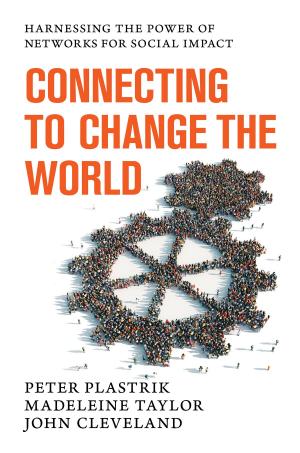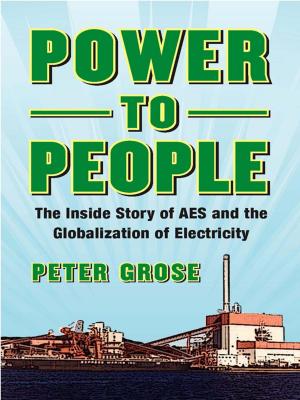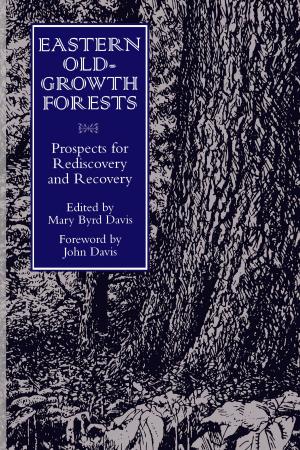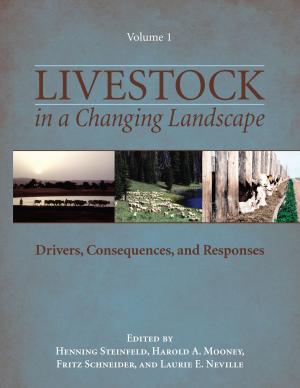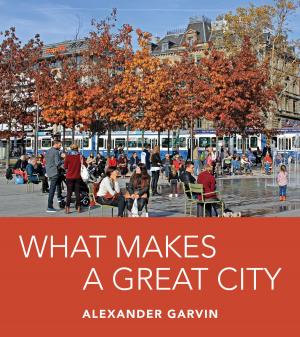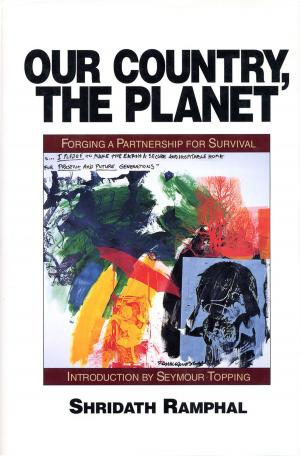America's Urban Future
Lessons from North of the Border
Nonfiction, Science & Nature, Technology, Environmental, Art & Architecture, Architecture, Planning| Author: | Ray Tomalty, Alan Mallach | ISBN: | 9781610915977 |
| Publisher: | Island Press | Publication: | February 9, 2016 |
| Imprint: | Island Press | Language: | English |
| Author: | Ray Tomalty, Alan Mallach |
| ISBN: | 9781610915977 |
| Publisher: | Island Press |
| Publication: | February 9, 2016 |
| Imprint: | Island Press |
| Language: | English |
The headlines about cities celebrating their resurgence—with empty nesters and Millennials alike investing in our urban areas, moving away from car dependence, and demanding walkable, transit-oriented neighborhoods. But, in reality, these changes are taking place in a scattered and piecemeal fashion. While areas of a handful of cities are booming, mUS metros continue to follow old patterns of central city decline and suburban sprawl. As demographic shifts change housing markets and climate change ushers in new ways of looking at settlempatterns, pressure for change in urban policy is growing. More and more policy makers are raising questions about the soundness of policies that squander our investmin urban housing, built environment, and infrastructure while continuing to support expansion of sprawling, auto-dependdevelopment. Changing these policies is the central challenge facing US cities and metro regions, and those who manage them or plan their future.
In America's Urban Future, urban experts Tomalty and Mallach examine US policy in the light of the Canadian experience, and use that experience as a starting point to generate specific policy recommendations. Their recommendations are designed to help the US further its urban revival, build more walkable, energy-efficicommunities, and in particular, help land use adapt better to the needs of the aging population. Tomalty and Mallach show how Canada, a country similar to the US in many respects, has fostered healthier urban centers and more energy- and resource-efficisuburban growth. They call for a rethinking of US public policies across those areas and look closely at what may be achievable at federal, state, and local levels in light of both the constraints and opportunities inherin today's political systems and economic realities.
The headlines about cities celebrating their resurgence—with empty nesters and Millennials alike investing in our urban areas, moving away from car dependence, and demanding walkable, transit-oriented neighborhoods. But, in reality, these changes are taking place in a scattered and piecemeal fashion. While areas of a handful of cities are booming, mUS metros continue to follow old patterns of central city decline and suburban sprawl. As demographic shifts change housing markets and climate change ushers in new ways of looking at settlempatterns, pressure for change in urban policy is growing. More and more policy makers are raising questions about the soundness of policies that squander our investmin urban housing, built environment, and infrastructure while continuing to support expansion of sprawling, auto-dependdevelopment. Changing these policies is the central challenge facing US cities and metro regions, and those who manage them or plan their future.
In America's Urban Future, urban experts Tomalty and Mallach examine US policy in the light of the Canadian experience, and use that experience as a starting point to generate specific policy recommendations. Their recommendations are designed to help the US further its urban revival, build more walkable, energy-efficicommunities, and in particular, help land use adapt better to the needs of the aging population. Tomalty and Mallach show how Canada, a country similar to the US in many respects, has fostered healthier urban centers and more energy- and resource-efficisuburban growth. They call for a rethinking of US public policies across those areas and look closely at what may be achievable at federal, state, and local levels in light of both the constraints and opportunities inherin today's political systems and economic realities.




